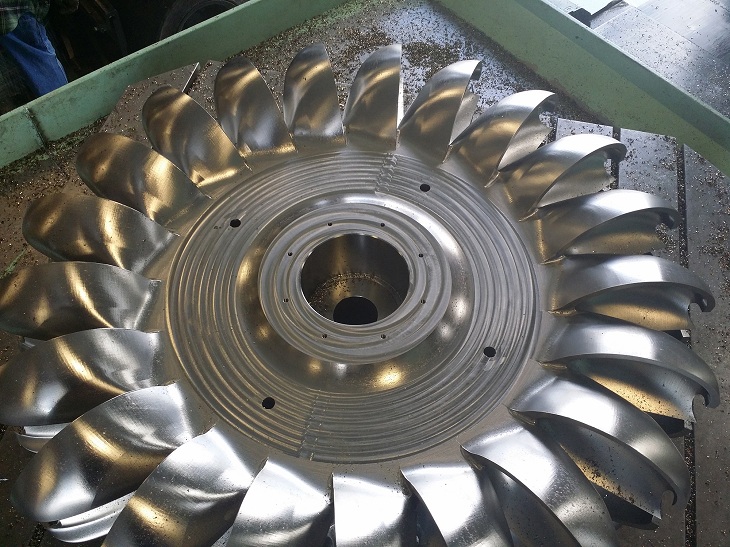Stainless steel is a material used in so many different industries for so many different types of applications. While we all know stainless steel for its strength, when it is used in certain ways, it becomes soft and flexible meaning we can spin, deep draw, machine, fold, and weld stainless steel which makes it one of the most versatile materials in the world. We are able to do all these things because there are so many different ways you can machine stainless steel. When it comes to machining stainless steel, regardless of your industry, it is important to know how all these different processes work. These processes include work hardening, machining, and welding.

Work Hardening
The first process that we will touch on is work hardening, which is probably the least known to someone who doesn’t work with stainless steel or is still new to the business. It is basically the process of strengthening steel with something called deformation. While it tends to vary from grade to grade stainless steel hardens faster than other types of steel. Now depending on what application you plan on using the stainless steel for, it is important to note that austenitic steel has a much faster hardening rate when you compare it to carbon steel. This is probably one of the main reasons it is used for machining stainless steel a lot more often. One of the main reasons manufacturers like this process is that it gives the steel a lot more resistance against corrosion. This process is usually used for the making of cutlery, bearings, valve parts, different tools, nuts, bolts, and so on.
Machining
Machining stainless steel is a process that a lot of industries use and they all share one common problem: chipping. There are some grades of stainless steel that seem to be more resistant than others such as 303, 416, 430, and 410. This is mainly because they have been alloyed with manganese sulfide which makes them less likely to chip. Even so, they are still quite limited as to what manufacturers can do with this steel when it comes to machining it. There have been manufacturers in the past that have looked for different processes to make machining stainless steel easier and they have included different techniques for melting the steel to ease the process. These were small but very efficient changes seeing as the life of the equipment used went up. Machining stainless steel is hard enough and chipping can be a real deal breaker but there are ways to make it easier. Most manufacturers ease the process by adding lubricant, making sure that the cutting tools are sharp, decreasing the vibrations of the equipment, and by adding chip breakers to deflect and shrapnel.
Welding
Welding is probably the most known technique when it comes to working with stainless steel. It is the simple process of joining materials together with heat and fusion. Stainless steel is tricky as each grade of steel reacts differently and welds differently. Austenitic steel is great for welding, but not grade 303. It is also not great at making bigger, bulkier products. If that is what you are gong for then you should look for a grade of steel that has a lower carbon content. Martensitic is another great option for welding but does have a tendency to crack so it can only be done with lower heat. Ferritic stainless steel is not great for welding because of its high grain growth, low ductility, and sensitization. Duplex steel is great for welding and it is known for its strength, resistance to corrosion, and ductility.


















